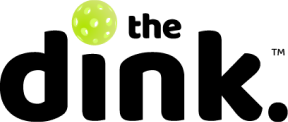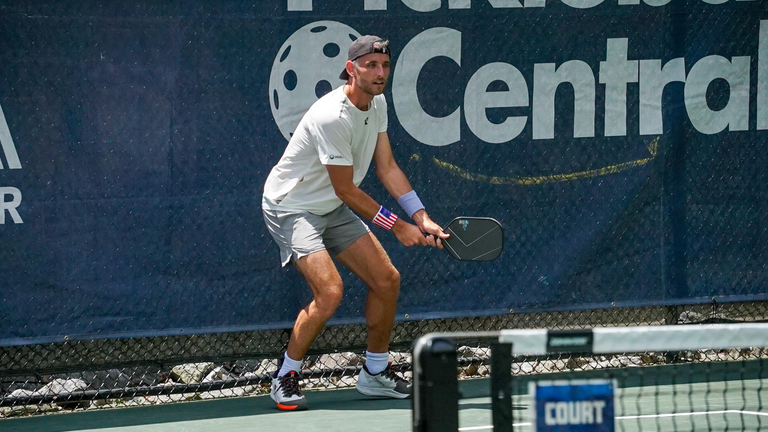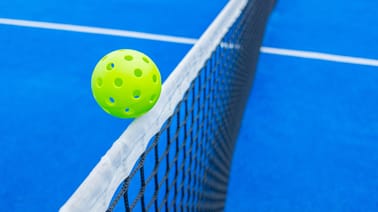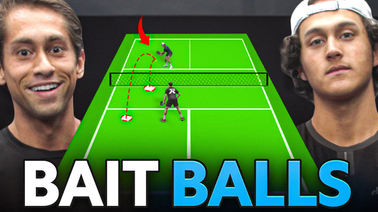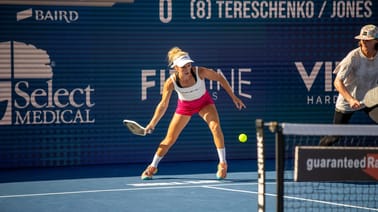
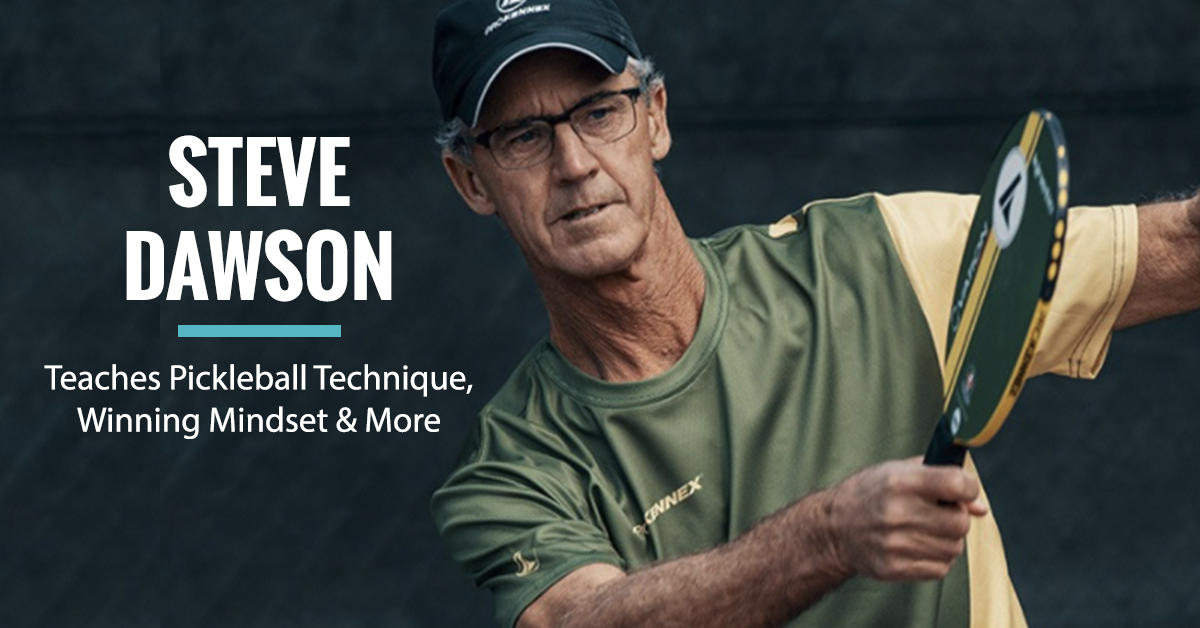
The Truth About Looking At The Ball
by Pickleball Legend Steve Dawson
When learning to play pickleball, coaches often stress: “Keep your eye on the ball.”
It’s a very important lesson at the start of your pickleball journey. With good eye-contact when the ball is on your side of the court you can:
- Make clean contact with the ball
- See the angle of your paddle
- Give yourself analytical data, or the story of your shot
The story of your shot allows you to know how to adjust if it was bad. Or, the opportunity to imprint it in your mind if it was good.
Arguably the greatest tennis player of all time, Roger Federer, imprints his eyes on the ball…and exaggerates his glare well after the ball is struck, as if he’s reading some hidden message as the balls ricochet off the racket.
It’s not by happenstance that he does that. The truth is – that ball strike area is where all the action is – in both tennis and pickleball.
Pros and newbies alike can take so much away from staring at the impact point and mentally equating outcome with shot. On YouTube I see videos suggesting that using the “peripheral vision” is the only eye contact you need when the paddle strikes the ball.
This is just so wrong.
It’s important to have good eye-contact when it’s on your side of the court.
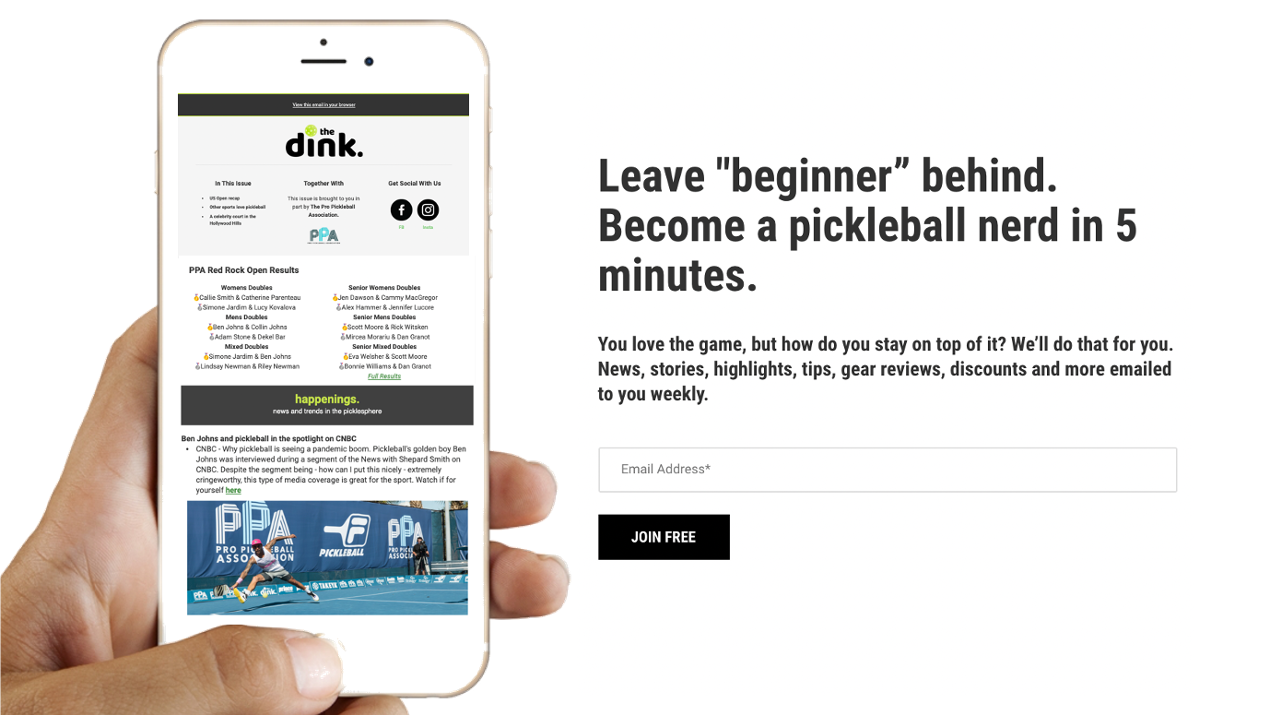
After the ball is struck, things change…
When it comes to the “eyes,” it all depends on which side of the court the ball is on. When it’s on my side, my eyes are laser focused on the ball all the way until it makes contact with my paddle. The closer the ball is to my paddle, the more I want to see it. I see a lot of players staring at the ball when it’s on the opponent’s side of the court, but that’s not where the “story” of the point is any longer.
You are not in control of your opponent’s shot, so instead you want to be focusing your eyes on the surroundings. When you watch the ball on the other side of the net, you miss clues as to what shot your opponent is going to hit.
Everyone telegraphs their shots, at all levels. Period.
Backswings, knee bends, hand position, wind-up and even facial expressions. These are all “tells.” If you’re looking at the ball, you’re missing the message.
And that split-second edge of reading the telegraphed message of your opponent’s shot can be the difference between being ready defensively or being off-balance when the ball comes back to you.
In conclusion:
- When the ball is on your side of the court, burn a hole into the ball with your eyes.
- When the ball is on your opponent’s side, look for the available clues outside of the flight of the ball.
- The next time you play, keep in mind the two different jobs of your eyes during a point.
– Steve
*Pickleball Hall-of-Famer Steve Dawson is the owner and creator of the famed Pickleball Master Course. Of course, we’ve secured 10% off for The Dink readers just in time for the holidays.

Give the gift of better pickleball. Click here and use the code THEDINK for 10% off.
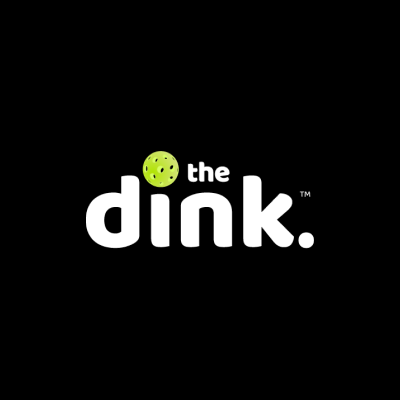
Love Pickleball? Join 100k+ readers for free weekly tips, news & gear deals.
Subscribe to The DinkGet 15% off pickleball gear at Midwest Raquet Sports
